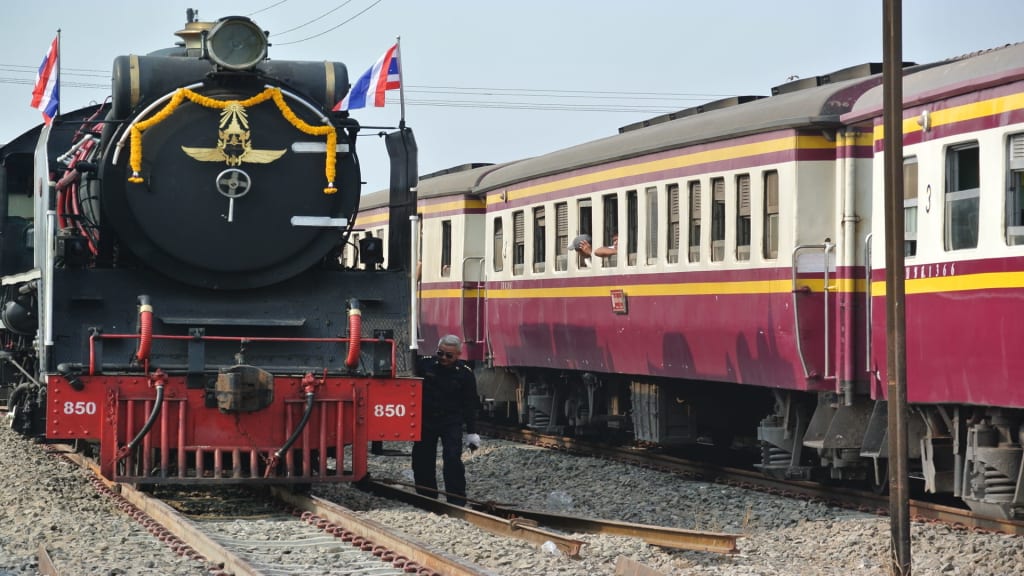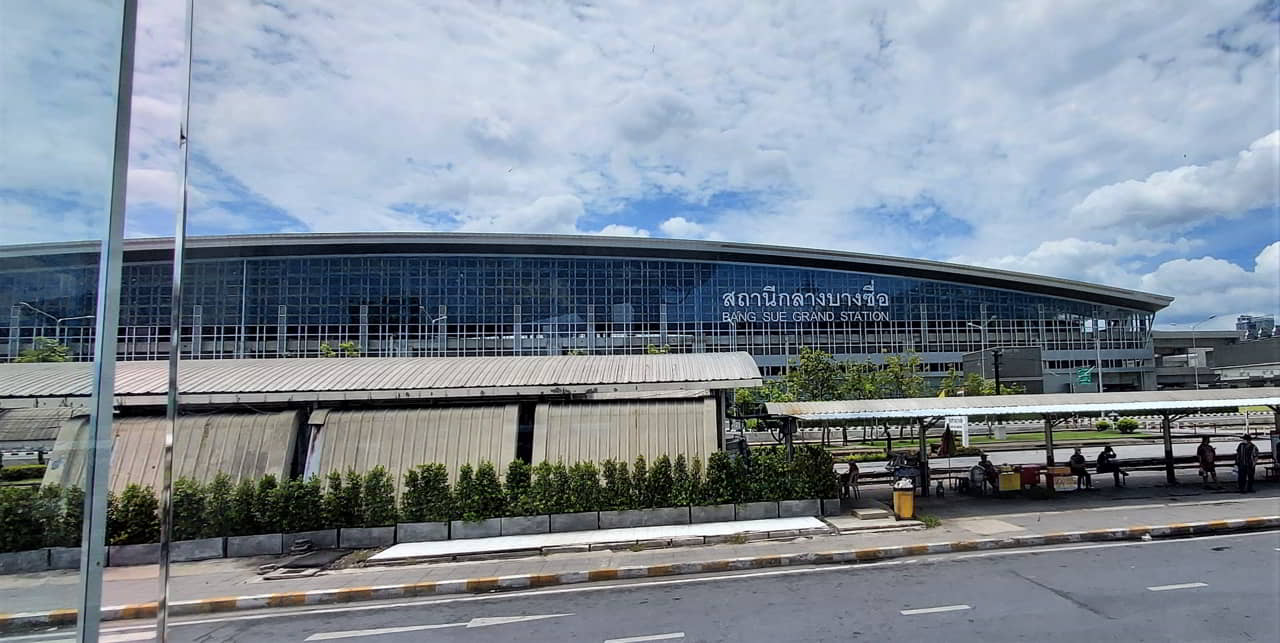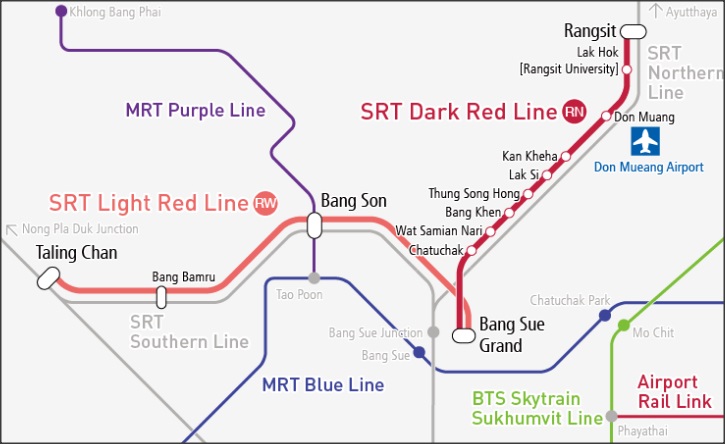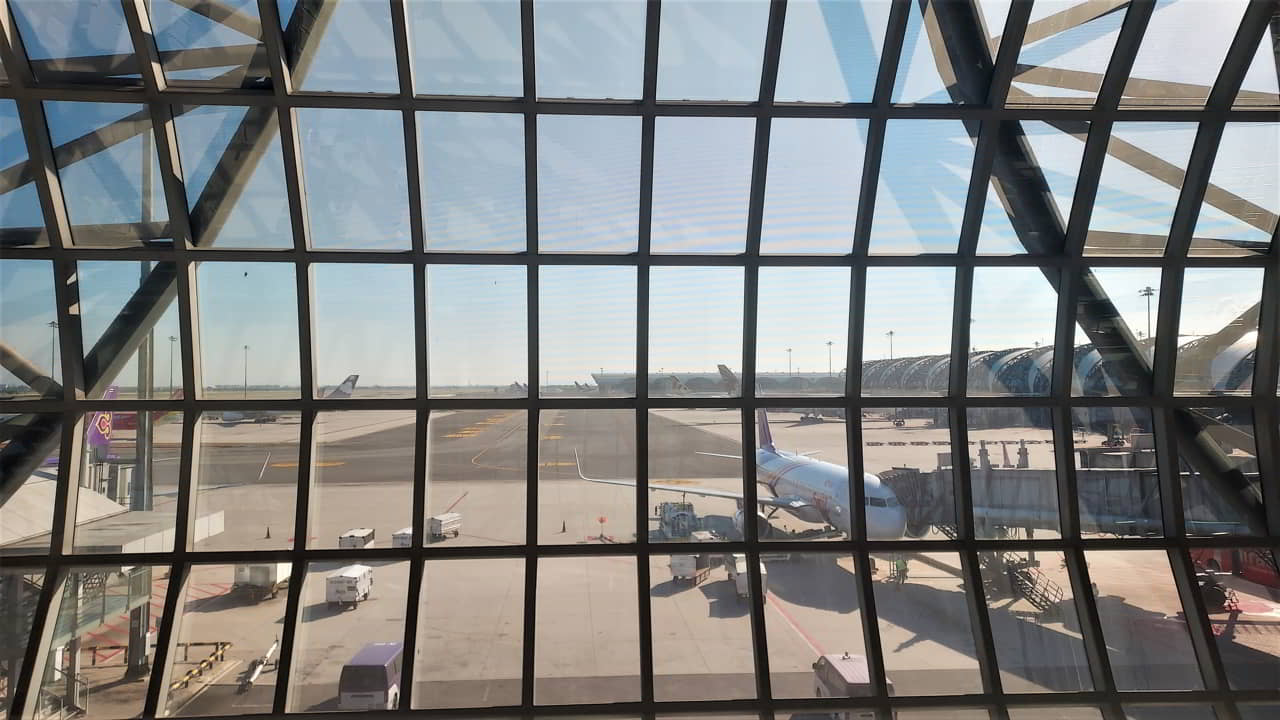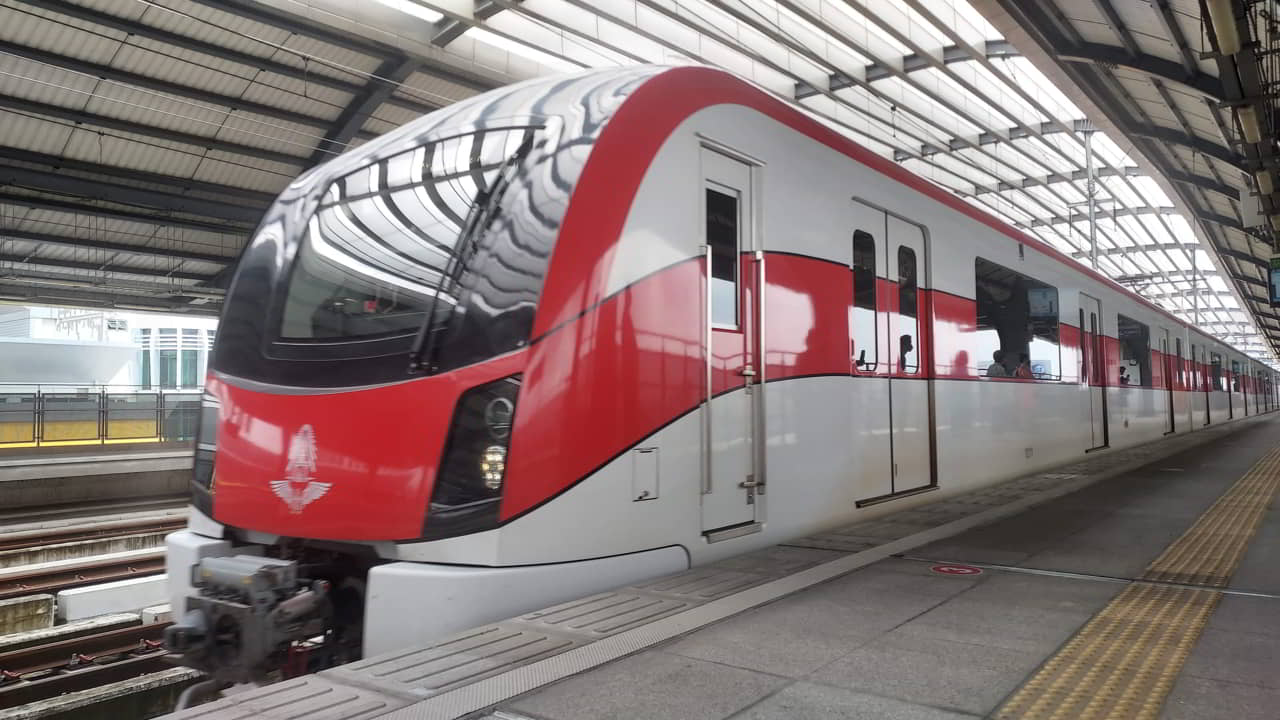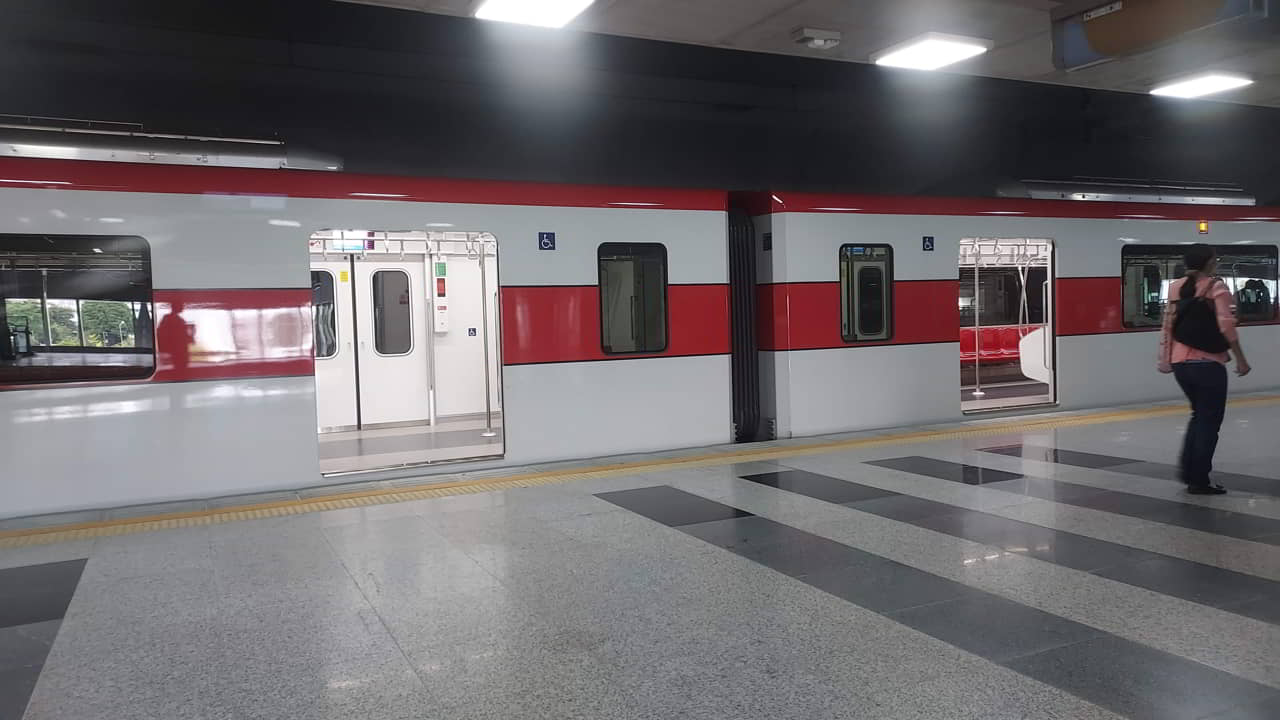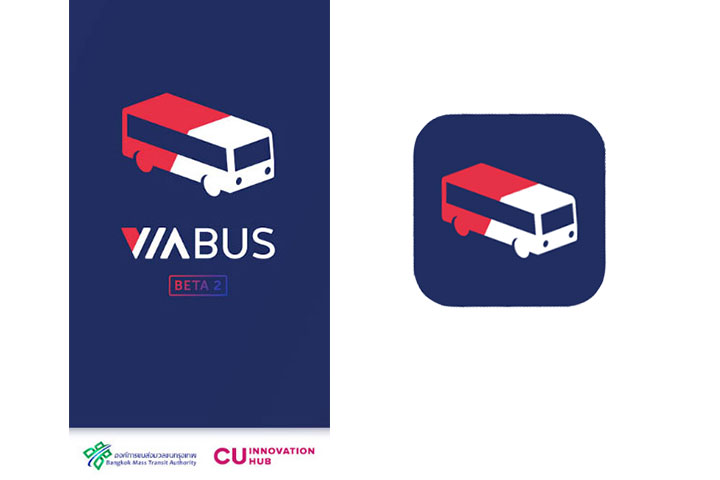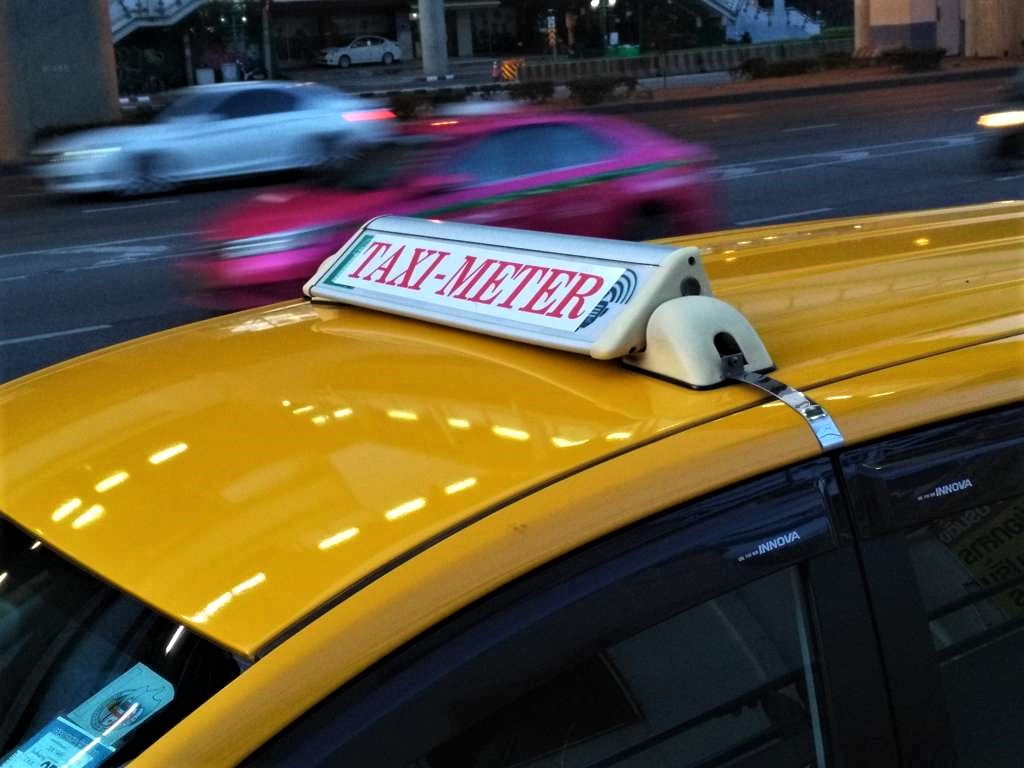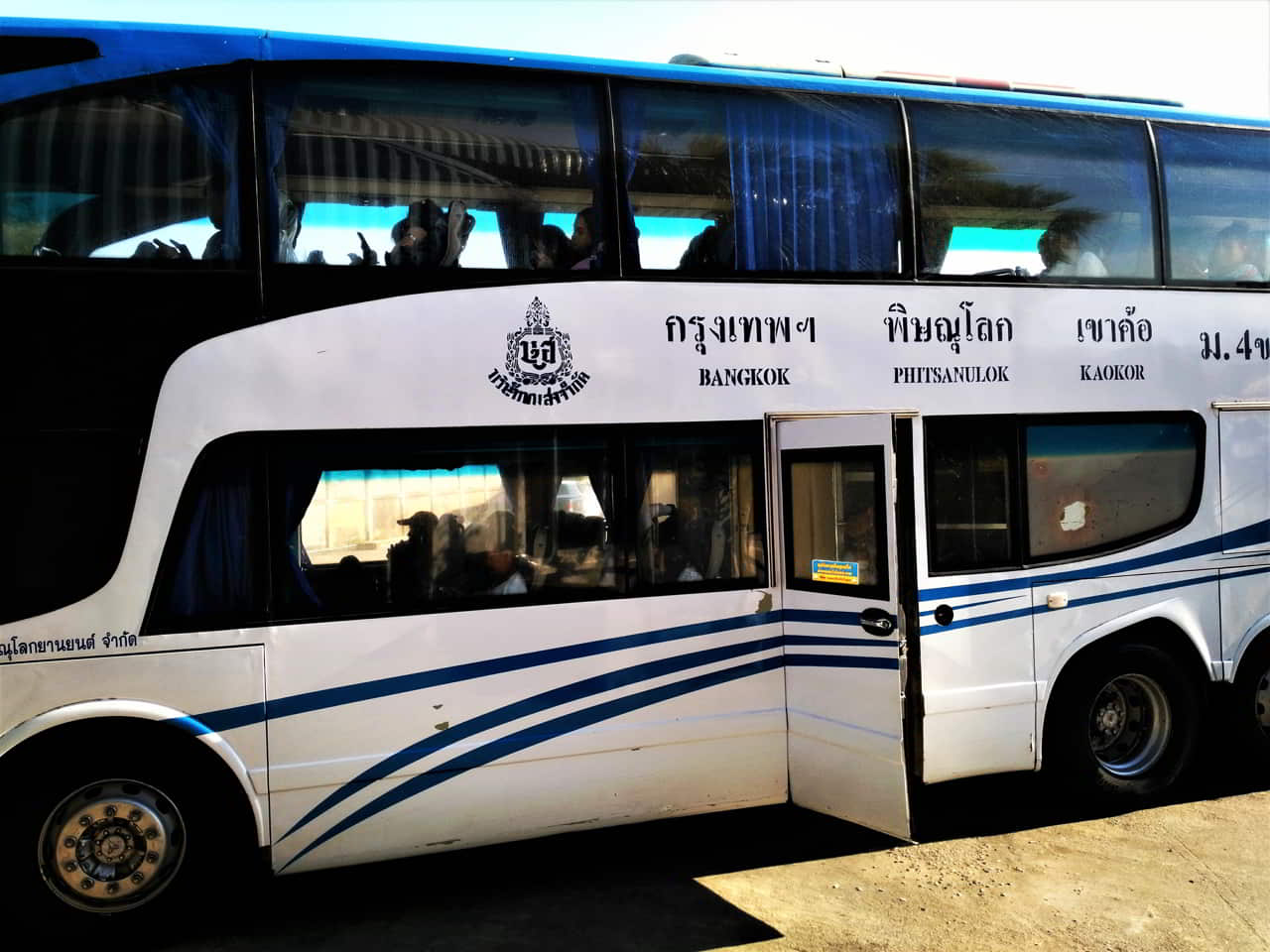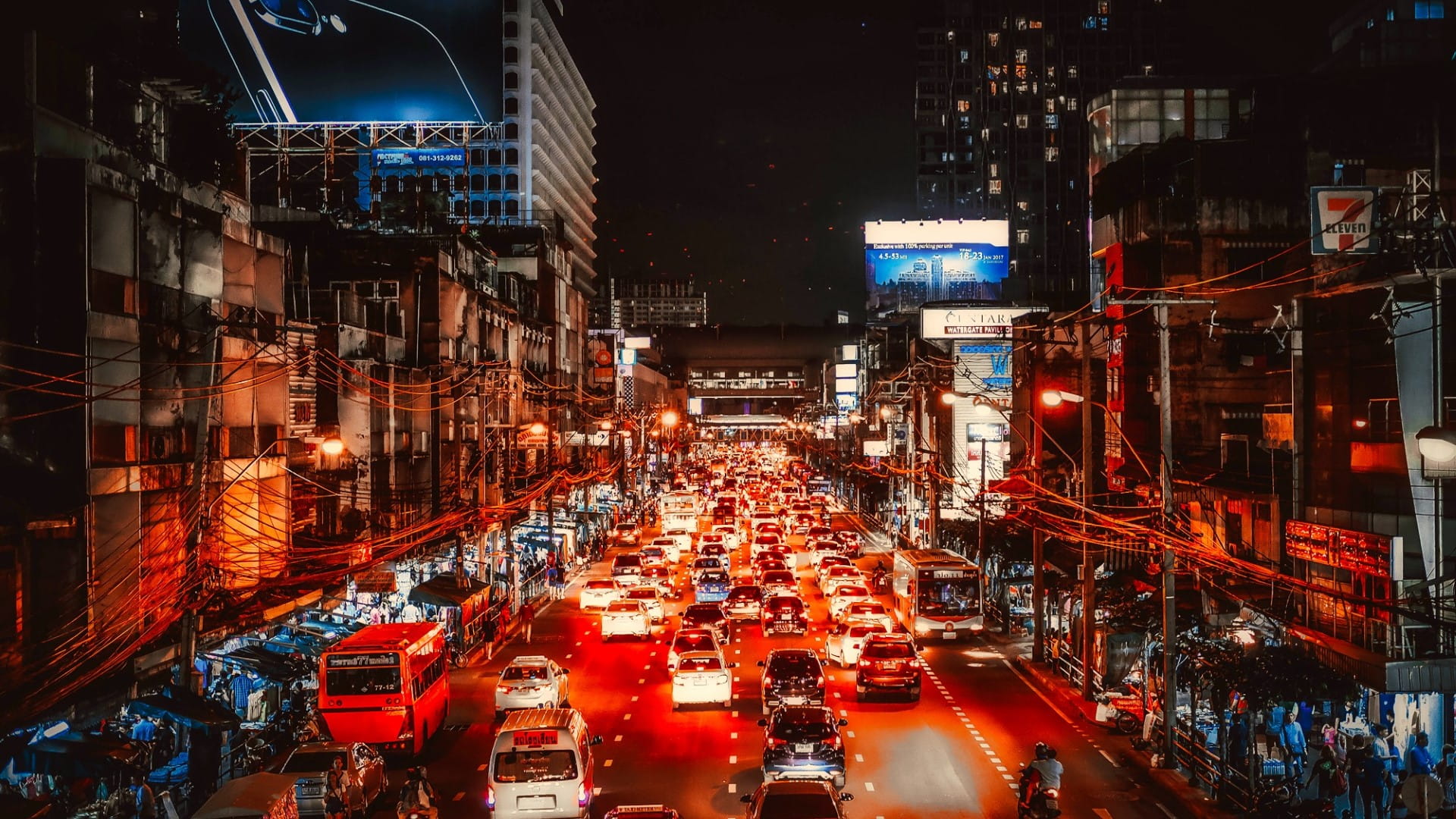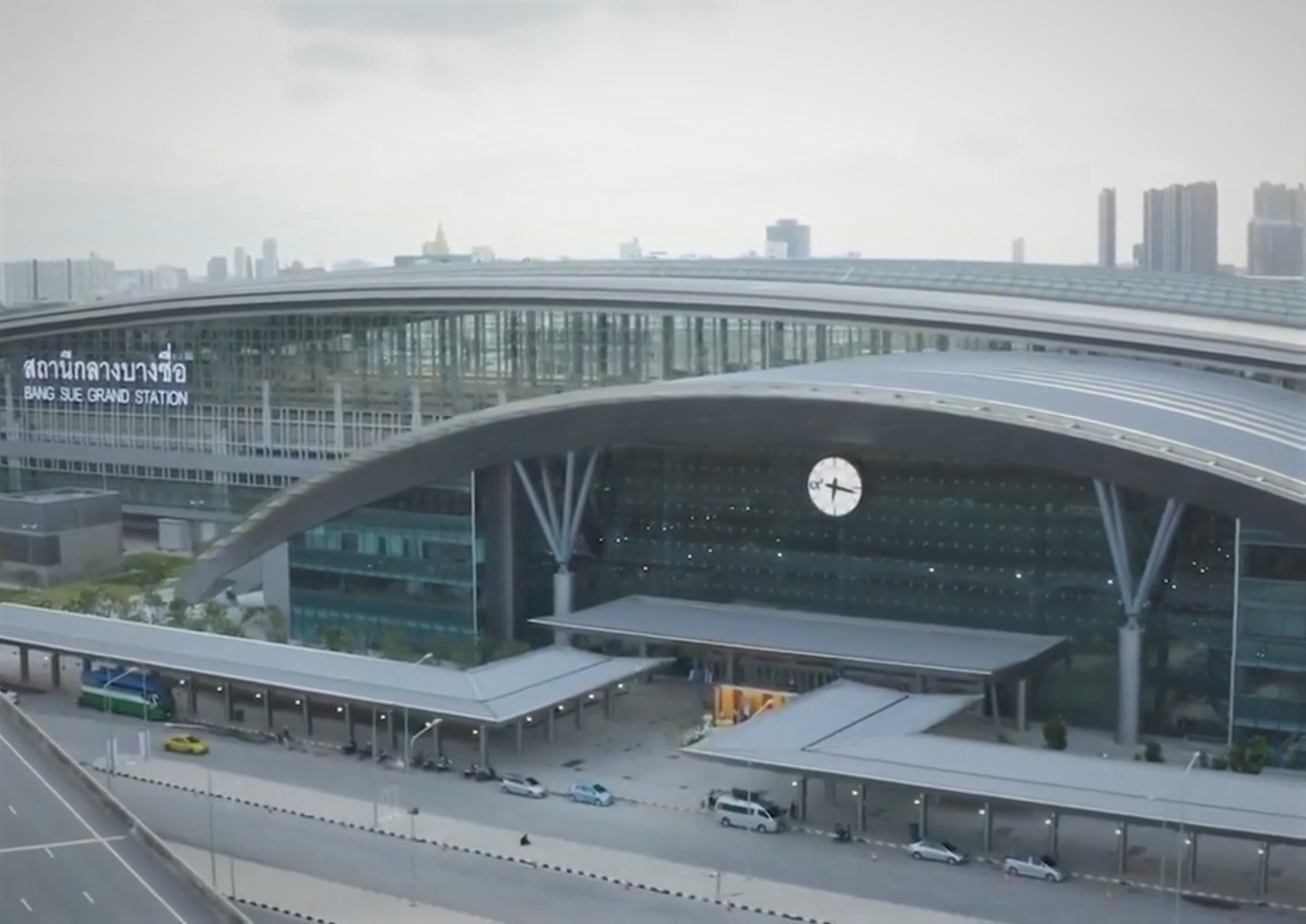
Bangkok's Bang Sue Grand Station
Bangkok’s Bang Sue Grand Station or Krung Thep Abhiwat Central Terminal is the largest railway station in Bangkok and South East Asia. Information to find your way!
- Bang Sue Grand Station สถานีกลางบางซื่อ
- Official name: **Krung Thep Abhiwat Central Terminal
- Located north of downtown Bangkok
- Opening date: November 2022.
- Operator: State Railway of Thailand (SRT).
- Number of platforms: 26.
- Area: 274,192 m² = 39 football fields.
Bang Sue Grand Station, heart of the network
The first ticket sales in November 2022 for long-distance destinations formalised the opening of Bang Sue Grand Station. This opening is the first step in the restructuring of the Thai network. The aim is simple: to make the new station the transport hub of the capital and Thailand.
The direct consequence is the gradual closure of the old Hua Lamphong Station. This means that the railway lines to the south and north will gradually all leave from Bang Sue Grand Station.
The old Thonburi Station keeps for the time being the Eastern line connecting to Kanchanaburi and Nam Tok.
Bang Sue, a mammoth railway station
Bang Sue Grand Station is the station of excess. Its cold and austere architecture is reminiscent (not coincidentally) of the stations that are part of the Chinese-funded pan-Asian railway network.
The station has twenty-six platforms on four levels:
- The metro line (MRT) is located in the basement of the building.
- On the ground floor are the ticket offices, air-conditioned waiting rooms and various services (luggage lockers),
- The first floor has four platforms for the purple and blue lines serving the greater Bangkok area and twelve platforms for the mainline trains.
- The top floor has ten platforms. Here arrive the trains serving the airports and the high-speed lines (upcoming Don Mueang-Suvarnabhumi-U-Tapao (Pattaya) and the high-speed rail links (HSR) to Nong Khai, Hua Hin and Chiang Mai).
The station is huge. The corridors are interminably long, which will undoubtedly exasperate many passengers (especially if they are in a hurry).
The old Hua Lamphong station with its 60,000 passengers per day will soon be forgotten. The Bang Sue Grand station should eventually welcome several hundred passengers per day (the figure of 600,000 passengers per day is even announced). Everything is planned with an attached urban transport network.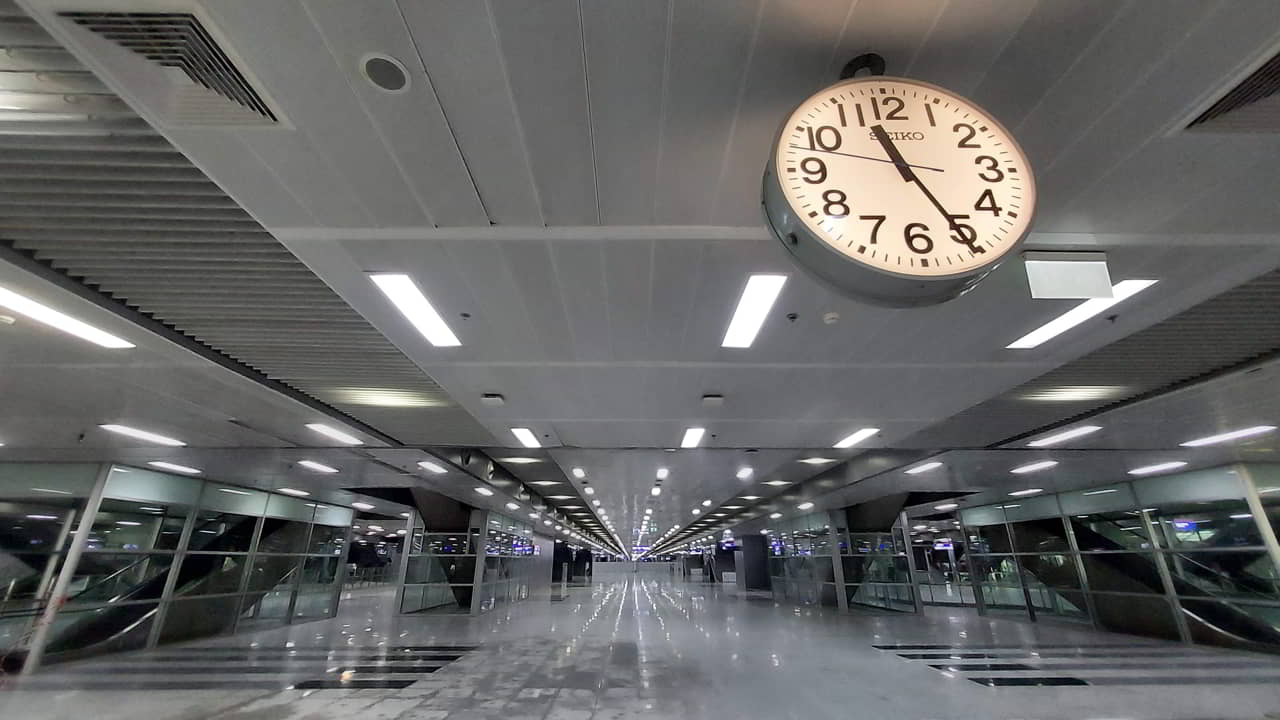
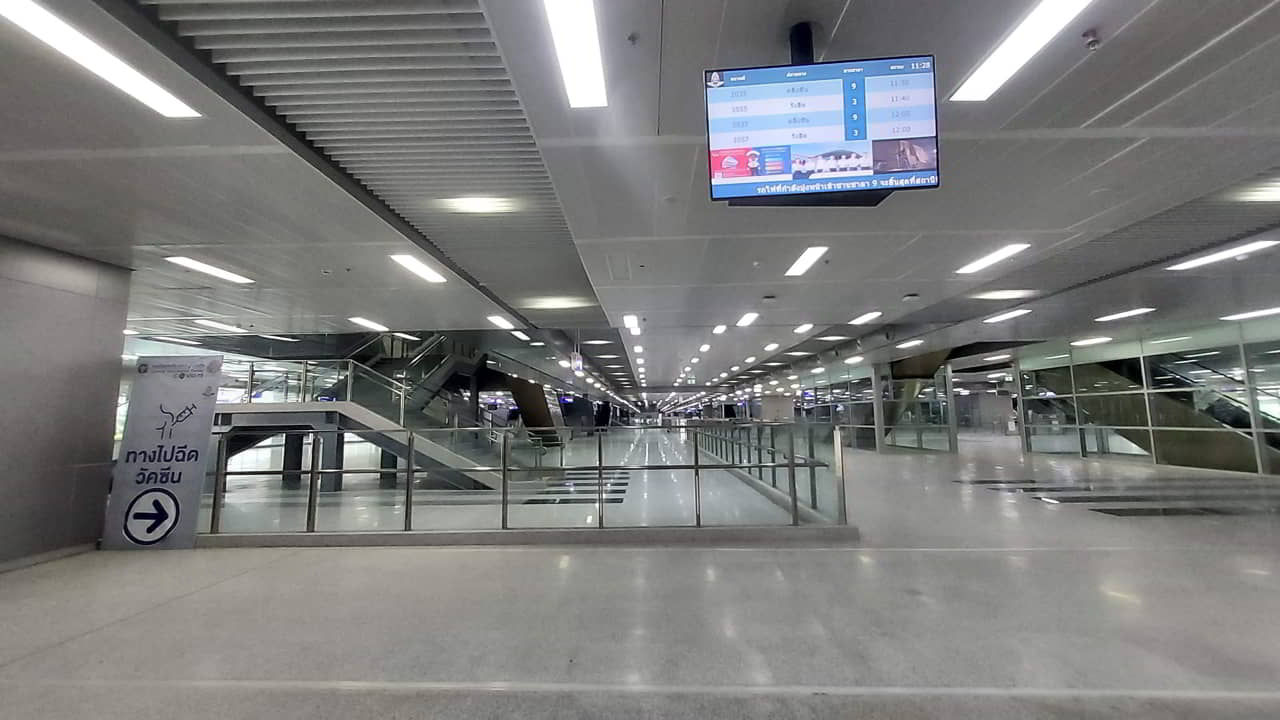
Urban transport to Bang Sue Grand Station
Urban transport in Bangkok has been evolving very rapidly in recent years. The lines are multiplying: the BTS lines are lengthening and the MRT is weaving its web in the four corners of the city.
MRT Blue Line
The MRT Blue Line connects to Bang Sue Central Station and Blue Line Exit 3. The Blue Line connects Tao Poon to Tha Phra over 21 km and 19 stations. It is a central line to travel in Bangkok.
BTS or Sky Train
The BTS does not arrive directly at Bang Sue Grand Station. The nearest BTS stations are Mo Chit Station and Ladprao Station. From there, you need to take a bus, a taxi, or a motorbike taxi.
SRT Red Line
The SRT Red Line connects Rangsit Station (platforms 3 and 4) and Taling Chan Station (platforms 9 and 10).
This line is very convenient, as it connects Bang Sue Grand Station to Bangkok Dong Mueang International Airport.
From Don Mueang Airport to Bang Sue Grand Station
The transfer from the airport to the station takes 25 minutes. The Red Line Station is located directly opposite the airport. It takes a few minutes to get there. However, it’s the fastest and cheapest way to get to the city transport network.
Buses
There are many BMTA buses to Bang Sue Grand Station: A1, 3, 16, 26, 49, 67, 77, 97, 134, 136, 138, 145, 204, 509, 517, 536…
Taxis
Bang Sue Station Grand Station has a taxi rank. No negotiation, ask for the taxi-meter. If not, change taxis.
Northern Bus Terminal - Chatuchak Bus Station
Bang Sue Grand Station is not far from the Northern Bus Terminal. A footbridge connects the bus station and the railway station. Unfortunately, you have to walk a bit. A development is underway to facilitate the transfer of passengers.
